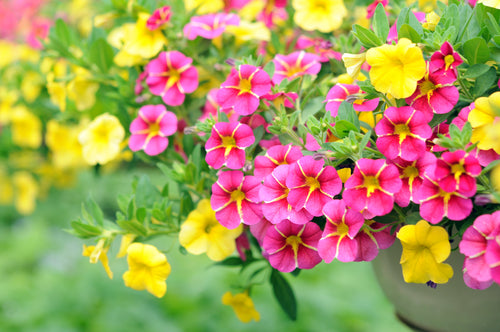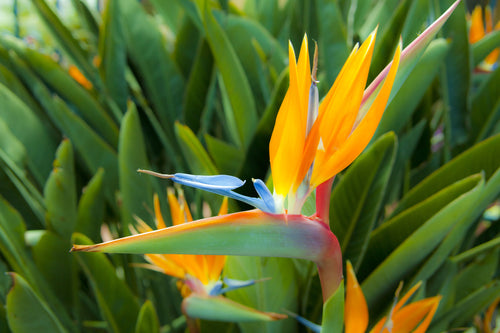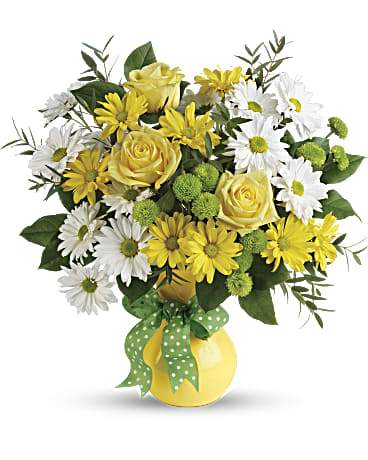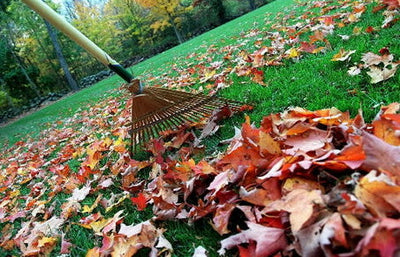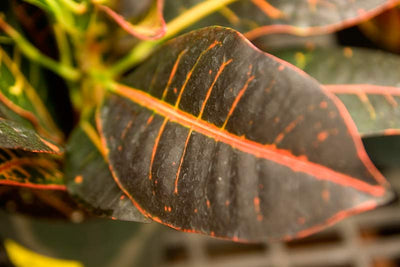I recently gave a friend a beautiful Poinsettia plant and her first response was ‘Well, I will probably have this for all of 3 days!’. When I asked her what she meant she replied that she always managed to kill Poinsettia plants in record time. Now granted, 3 days might be a little extreme, but the jest is that Poinsettias do not last. In fact for many just keeping your plant looking good until after the Holiday season is quite an accomplishment. And for some this may be sufficient but for others it is not. Due to this dire predicament of most Poinsettias, it is a common belief that these plants are weak, fragile and susceptible to almost everything. Personally this is where I feel the need to step in and come to the Poinsettia’s defense. For though I fully understand those of you holding these beliefs, I did too in the past, I would like to argue the Poinsettia’s case a little by taking a closer look at this famous, yet entirely misunderstood plant.
Poinsettia plants originate from Mexico where they happily grow out in the wild, braving the elements of full sun, drought and exposure. Now I would like everyone to pause for just a moment and reflect on how this plant that is perceived as one so weak can withstand all that. I can already hear those of you saying, ‘Oh, but that was the original plant. It has been so highly bred by growers that it now needs to be kept artificially alive’. Well, yes and no. Yes it has been bred with a focus on specific features, but that does not necessarily equate weakness. Think how commercial growers have greenhouses full of strong and healthy plants, and yet they seem to die on us instantly. Now growers are by no means magicians, skilled as they might be, instead they fulfill two essential requirements: 1) Knowing what the plant needs. 2) Giving the plant what it needs. To us this might seem a daunting task but remember, the grower has already done the difficult part, the plant has been grown and is flowering. We merely need to keep it that way! So what are the essentials a Poinsettia requires to stay in optimum health? For though it certainly is not plausible for each of us to have a greenhouse, we can provide these key elements without it being overwhelming. Remember, growers need to tackle many factors we do not- battling pests, inducing flowering and keeping schedules. But providing you purchase a healthy plant to begin with, there should be no source for infection and related pest problems. Therefore I cannot stress enough the importance of purchasing a high quality plant. There are always those quality differences in in retail, regardless of the product, and plants are no different. So keep in mind you often get what you pay for and the quality will greatly impact the outcome and success of the given plant.
Let me list the vital components to a beautiful and happy Poinsettia. Always let plants go completely dry between waterings and then water well. Overwatering is the number one killer so do not be fearful to let your plants go dry, they will thank you for it. If your plant is drooping this is a sign that it is too dry and needs to be watered. Poinsettias are highly sensitive to cold drafts so avoid these at all costs.
To avoid cold damage be sure to wrap plants well before transport and try to keep travel times to a bare minimum. Due to their cold sensitivity it is a common misbelief that Poinsettias like warm temperatures. The truth is that Poinsettias require warm temperatures when actively growing (70-80F), but once in bloom, prefer cooler temperatures (58-62F) which will keep their colors more vibrant. Not everyone will have a suitably cool area in their home, so simply be aware of avoiding warm spots such as heating ducts and televisions.
Following these guidelines should enable many of you to enter the New Year with a healthy and luscious Poinsettia plant. By mid-January or February your plant will start growing again and putting on green leafy growth. At this stage slowly start to increase light and temperature levels again and bring it back to warm temperatures and high lighting. For those of you fortunate enough to have outdoor facilities after Memorial Day be sure to move your plants outside for the summer. Poinsettias will thrive outside enjoying the sunshine and fresh air, however acclimatize plants to direct sunlight or they will initially sunburn. Once outdoors plants can literally explode into new growth and take off like any other shrub providing you with a beautiful bushy plant. And even though Poinsettias are grown for their famous red color you will see that they can be equally attractive and hold their own as a green plant. Be sure to prune plants at least once otherwise they do have a habit of becoming long and leggy, whereby pruning will maintain a compact, bushy form.
Armed with this information there is no reason your Poinsettia should not become a happy long-lived houseplant!



